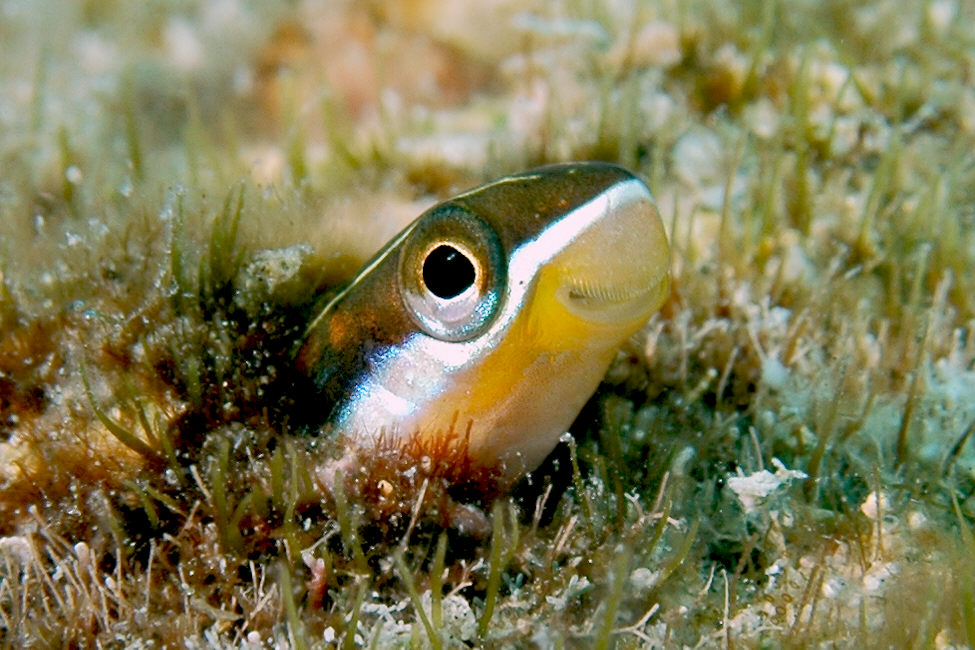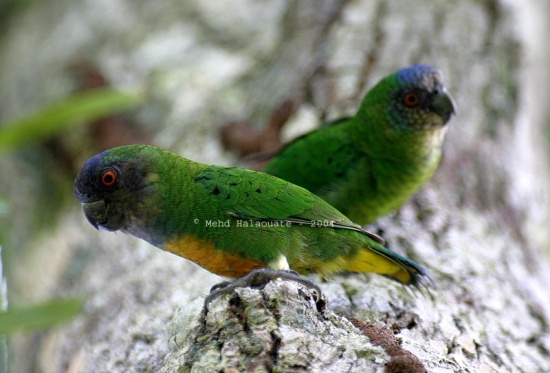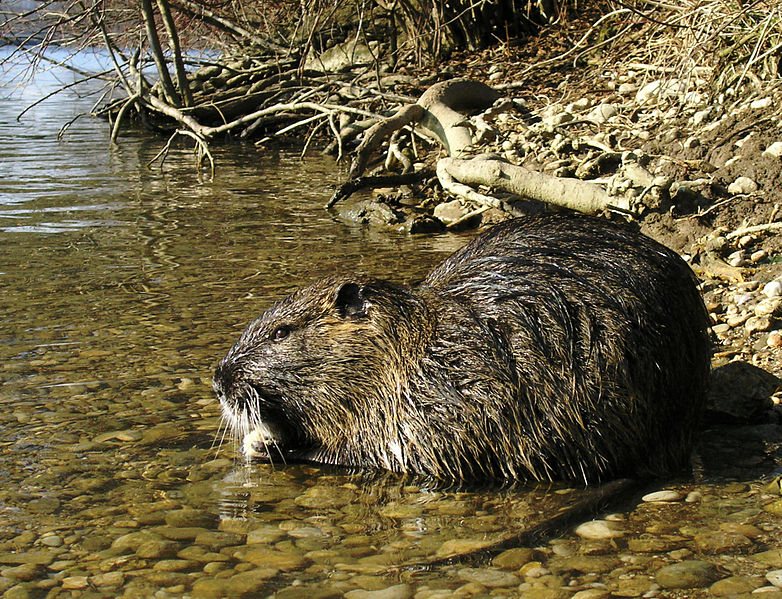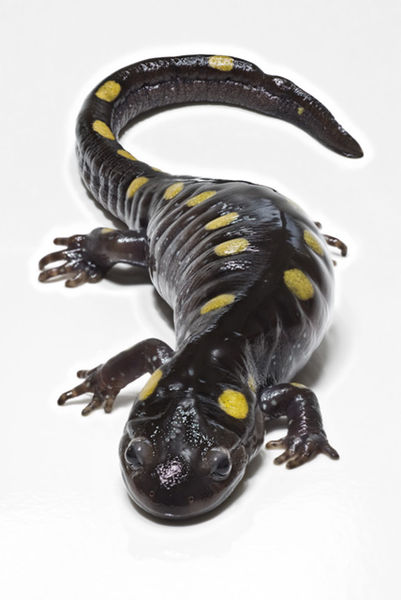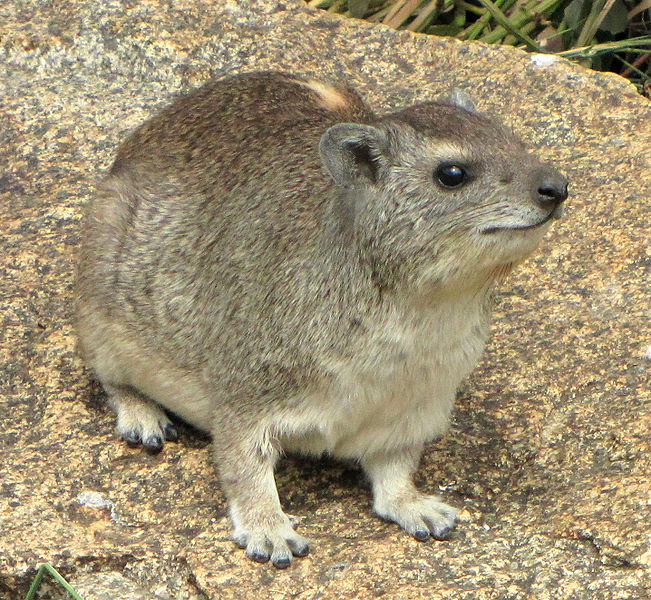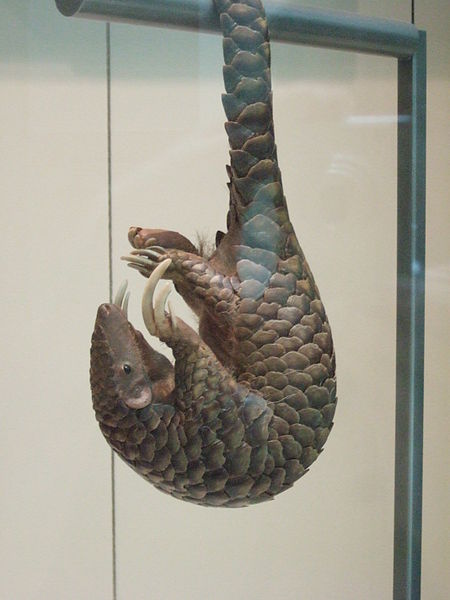
Today is a great day for the people looking forward to the weekend. Yes, you have made it over the hump and it is all smooth sailing from here on out. To make the trip to the weekend even better, I figured we would take our own trip. You have a few places to choose from including India, Nepal, Myanmar, Taiwan and southern China. All of these places will provide you with the opportunity to witness the intriguing but endangered Chinese Pangolin. Personally, I think I am going to take a trip to Nepal, which place did you choose for you mid-week getaway?
The Shy Type
We may have a difficult time spotting a Chinese Pangolin, not only because their population is rapidly decreasing but because they tend to be nocturnal, solitary creatures that are rarely seen. Nonetheless, we should probably go over what they look like just in case we get lucky. The Chinese Pangolin specializes in feasting on ants and termites and as such, dictates their appearance. They have strong, powerful claws capable of digging through a termite mound as well as long, sticky tongues which are perfect for licking up all of those tasty insects. Their body is composed of large scales, which act as an amazing self-defence mechanism. Anytime the Chinese Pangolin is threatened, they will simply roll up in a ball leaving nothing exposed.
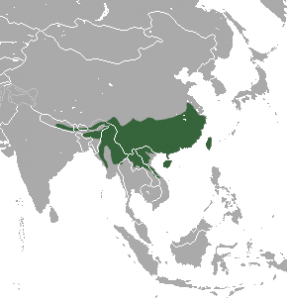
Nocturnal Hunters
As mentioned, the Chinese Pangolin is a solitary animal that spends the majority of their day sleeping in a burrow. As night falls, they leave the comfort of their underground home to look for those tasty ants and termites. Hunting at night doesn’t really bother the Chinese Pangolin since their eyesight is not very good to begin with. Nope, this intriguing animal relies heavily on their sense of smell, which is typically impacted by the dark! Surprisingly, these armoured animals are capable of climbing trees and are actually good swimmers.
Poached Pangolin
As mentioned, the population of the Chinese Pangolin is decreasing as a result of human hunting. Apparently the meat of the Chinese Pangolin is a delicacy while their skin, scales and blood is often used in Chinese medicine. Fortunately, this particular animal is getting some protection through CITES which is attempting to stop the export of any wild Chinese Pangolins. Unfortunately, this International legislation does not seem to be enough to stop human poaching so their population is still at risk.
That does it for Wednesday’s Wild Fact. I hope you enjoyed learning about the Chinese Pangolin. See you tomorrow for another interesting animal species.


